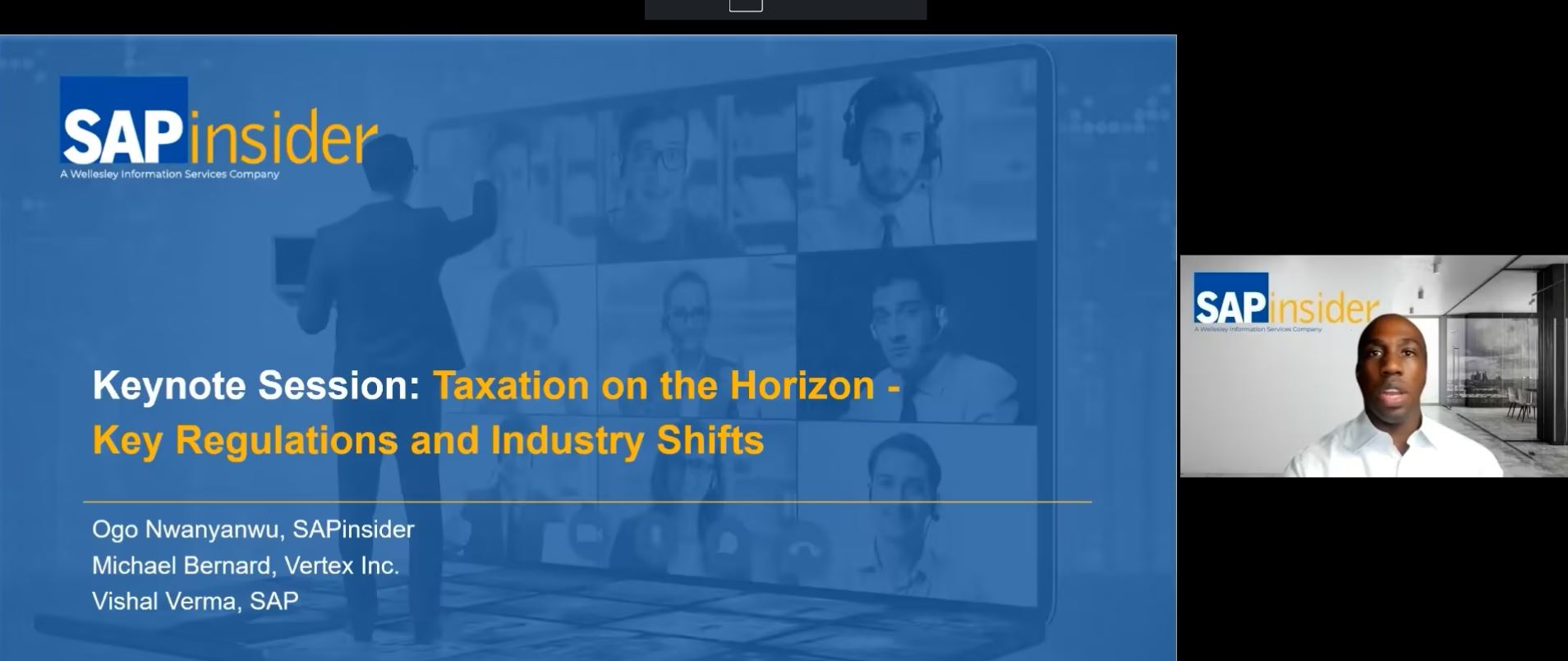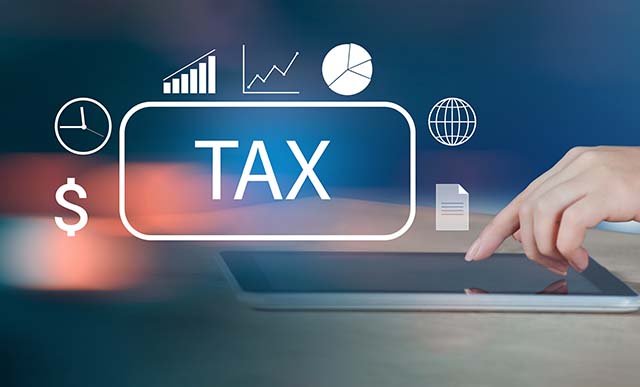Is Your Tax Technology Future Ready?
Sweeping regulatory shifts concerning corporate tax requirements are driving profound changes in the global tax landscape. The European Council’s proposed value-added tax (VAT) system overhaul, significant US tax reform, and the Organisation for Economic Co-operation and Development’s (OECD’s) base erosion and profit shifting (BEPS) plan are just a few of the historic changes taking place.
Although the rules in these regulatory changes vary significantly, they are similar in one crucial aspect: They compel companies to produce more tax data, more frequently. Given global tax authorities’ growing thirst for data, tax executives should take a hard look at their current tax technology capabilities.
Quickly fading are the days when tax functions could patiently track down the information needed to complete tax returns at the end of the month or quarter. Recent tax-related regulatory changes call for high volumes of data to be continuously submitted in an electronic format.
Explore related questions
These digital-era tax compliance demands will challenge many companies. Ninety-four percent of the tax executives and managers who attended the TaxTech Summit conference in London in November 2017 indicated that their functions continue to rely on spreadsheets. Sixty-three percent described the tax compliance risks that their companies confront as “high” or “medium.”
To reduce these compliance risks, companies should ensure that their tax technology consists of more than spreadsheets, ad hoc data management processes, and homegrown applications. Systems must be swiftly updated to comply with the new tax rules and rates changes.
Supporting the End-to-End Tax Life Cycle
High-performing tax functions typically operate separate but integrated tax-specific software that contains all current tax rules and performs all necessary calculations. This software remains connected to the company’s ERP system and related applications where all the necessary data elements reside. This “tax engine” directly accesses the data it needs to run accurate calculations and compliance cycles. It supports the end-to-end tax life cycle by executing the following functions:
- Unifying: All ERP, sales, payroll, and legal transaction details that affect taxes are imported into a single platform.
- Validating: Data is validated and regularly configured in real time.
- Enriching: Data is converted into a tax-ready format.
- Accessing: The platform maintains historical data to meet global retention requirements while providing an audit trail.
Updating or adding tax rules within this type of advanced technology requires much less time and work, while reducing the risk of errors and non-compliance. Changes are delivered in an unobtrusive software patch. Tax functions without this capability must research changing legislation, translate new tax requirements into “IT language,” and manage the change and validation process up to the go-live date.
Organizations must assess the effectiveness of their tax technology by answering a few questions:
- Does our tax technology collect all the data we need for reporting?
- How does our tax technology assure the quality of the tax information?
- How quickly and easily can our tax technology be reconfigured to address new tax rates and compliance requirements?
- Does the technology deliver clarity concerning tax-planning-related risks and opportunities (via analytics, dashboarding, and querying, for example)?
Putting Technology in Place
While it is impossible to predict what major tax overhaul will come down the pike next, it is possible to be prepared to respond in an agile manner to new tax requirements. Achieving this future state of readiness starts with putting the right tax technology in place. For more information, visit https://www.vertexinc.com/global-tax-solutions/data-management-and-analytics.







